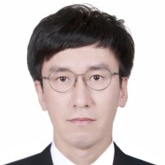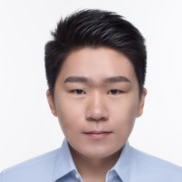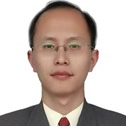Topic Editors




Laser-Induced Damage Properties of Optical Materials
Topic Information
Dear Colleagues,
Optical materials (such as fused silica, single crystal silicon, and KDP crystal) of laser systems can be damaged by laser radiation of sufficiently high power or energy. Damage behavior generally arises from the localized coupling of laser energy into material, leading to sufficiently rapid heating to induce a permanent material breakdown. Over the past dozen years, the laser-induced damage properties of optical materials have been extensively studied. With fused silica, for example, numerous efforts have been made to increase the surface damage threshold of the optics operating at UV wavelengths. These efforts include improvements of material quality and finishing technology, together with the use of improved methodologies for detecting, diagnosing, and eliminating near-surface defects that can be introduced during the grinding and polishing of optics. Various mechanisms that can facilitate the damage initiation process have been demonstrated. The main mechanisms include: (1) pre-existing absorbing defect structures, (2) pre-existing atomic defects or creation as a result of material–laser interaction, (3) micro-/nanoscale particle contamination, and (4) organic contamination from the environment or the manufacturing process. Continual improvement of damage resistance and deep understanding of damage mechanisms of optical materials are still required for better applications. The purpose of the Topic is to exchange recent progress in laser-induced damage properties of optical materials for high-power or high-energy lasers, including laser-induced damage mechanisms, materials and film preparation, durability, properties modeling, testing, and component fabrication.
Dr. Laixi Sun
Dr. Yafei Lian
Dr. Jin Huang
Dr. Hongjie Liu
Topic Editors
Keywords
- optical materials
- laser-induced damage
- damage growth
- damage resistance
- optical properties
- optical finishing
- subsurface damage
- light–matter interaction
- surface defects
- surface modification
- damage mechanisms
- optics processing
- laser damage testing
- indentation
- etching
- grinding and polishing
- fractures
Participating Journals
| Journal Name | Impact Factor | CiteScore | Launched Year | First Decision (median) | APC | |
|---|---|---|---|---|---|---|

Crystals
|
2.7 | 3.6 | 2011 | 10.6 Days | CHF 2600 | Submit |

Nanomaterials
|
5.3 | 7.4 | 2010 | 13.6 Days | CHF 2900 | Submit |

Micromachines
|
3.4 | 4.7 | 2010 | 16.1 Days | CHF 2600 | Submit |

Coatings
|
3.4 | 4.7 | 2011 | 13.8 Days | CHF 2600 | Submit |

Materials
|
3.4 | 5.2 | 2008 | 13.9 Days | CHF 2600 | Submit |

Photonics
|
2.4 | 2.3 | 2014 | 15.5 Days | CHF 2400 | Submit |

MDPI Topics is cooperating with Preprints.org and has built a direct connection between MDPI journals and Preprints.org. Authors are encouraged to enjoy the benefits by posting a preprint at Preprints.org prior to publication:
- Immediately share your ideas ahead of publication and establish your research priority;
- Protect your idea from being stolen with this time-stamped preprint article;
- Enhance the exposure and impact of your research;
- Receive feedback from your peers in advance;
- Have it indexed in Web of Science (Preprint Citation Index), Google Scholar, Crossref, SHARE, PrePubMed, Scilit and Europe PMC.

